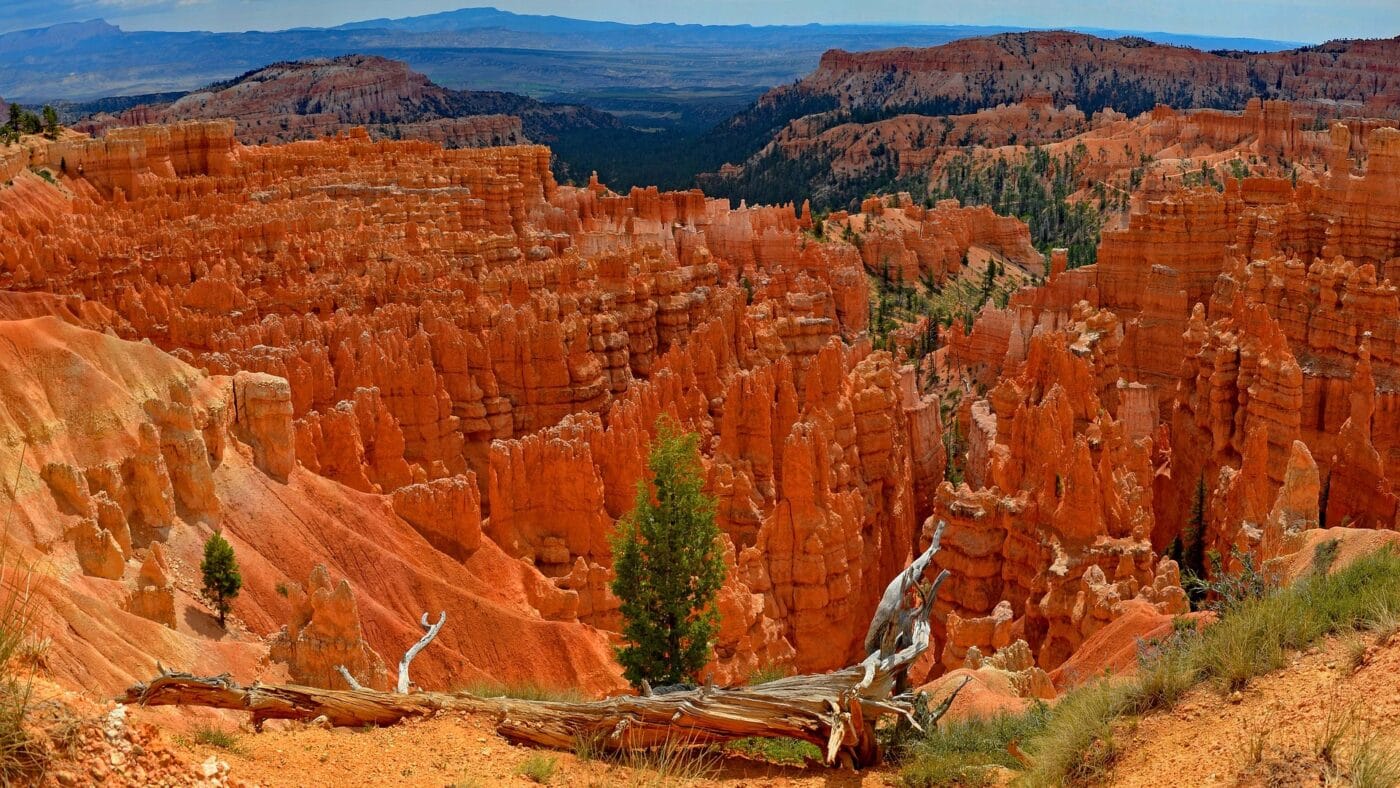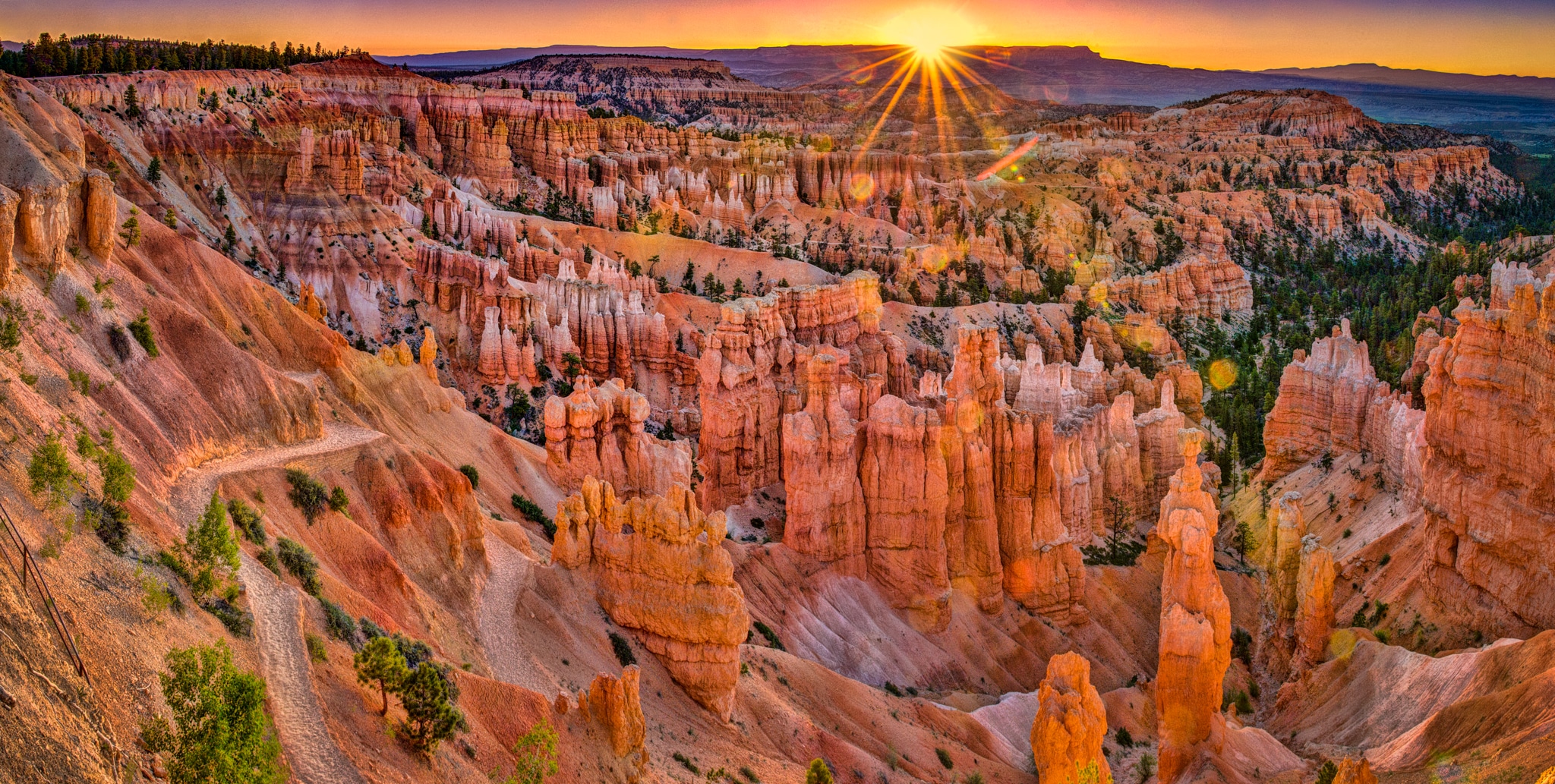

Instead headward erosion has excavated large amphitheater-shaped features in the Cenozoic-aged rocks of the Paunsaugunt Plateau. The edge of the Kaiparowits Plateau bounds the opposite side of the valley.īryce Canyon was not formed from erosion initiated from a central stream, meaning it technically is not a canyon. Park visitors arrive from the plateau part of the park and look over the plateau's edge toward a valley containing the fault and the Paria River just beyond it (Paria is Paiute for "muddy or elk water"). The rim at Bryce varies from 8,000 to 9,000 feet (2,400 to 2,700 m).īryce Canyon National Park lies within the Colorado Plateau geographic province of North America and straddles the southeastern edge of the Paunsaugunt Plateau west of the Paunsaugunt Fault (Paunsaugunt is Paiute for "home of the beaver"). Bryce Canyon National Park is much smaller, and sits at a much higher elevation than nearby Zion National Park. The red, orange, and white colors of the rocks provide spectacular views for park visitors. Bryce is distinctive due to geological structures called hoodoos, formed by frost weathering and stream erosion of the river and lake bed sedimentary rocks. The major feature of the park is Bryce Canyon, which despite its name, is not a canyon, but a collection of giant natural amphitheaters along the eastern side of the Paunsaugunt Plateau.

Bryce Canyon National Park (/braɪs/) is an American national park located in southwestern Utah.


 0 kommentar(er)
0 kommentar(er)
